Growth in Automotive Electronics
The Integrated Passive Devices Market is poised for expansion due to the increasing integration of electronics in the automotive sector. With the rise of electric vehicles and advanced driver-assistance systems, the demand for reliable and efficient passive components is escalating. The automotive electronics market is projected to surpass 400 billion USD by 2025, highlighting the critical role of integrated passive devices in ensuring safety and performance. These components are essential for managing power distribution and signal processing in modern vehicles, thus driving their adoption in automotive applications and contributing to the overall market growth.
Advancements in Telecommunications
The Integrated Passive Devices Market is significantly influenced by advancements in telecommunications technology. The rollout of 5G networks has created a demand for high-frequency components that can support faster data transmission and improved connectivity. As of 2025, the telecommunications sector is expected to invest heavily in infrastructure upgrades, with estimates suggesting expenditures exceeding 300 billion USD. This investment is likely to drive the adoption of integrated passive devices, which are essential for enhancing signal integrity and reducing losses in high-frequency applications. The integration of these devices into telecommunications equipment is expected to bolster market growth.
Rising Demand for Consumer Electronics
The Integrated Passive Devices Market is experiencing a surge in demand driven by the increasing consumption of consumer electronics. As devices such as smartphones, tablets, and wearables become ubiquitous, the need for compact and efficient components intensifies. In 2025, the consumer electronics sector is projected to reach a valuation of over 1 trillion USD, indicating a robust growth trajectory. This trend necessitates the integration of passive components into smaller form factors, thereby enhancing performance while reducing space. Consequently, manufacturers are focusing on developing integrated passive devices that can meet these evolving requirements, positioning themselves strategically within the market.
Focus on Sustainable Manufacturing Practices
The Integrated Passive Devices Market is witnessing a shift towards sustainable manufacturing practices. As environmental concerns gain prominence, manufacturers are increasingly adopting eco-friendly materials and processes. This trend is reflected in the growing demand for integrated passive devices that not only meet performance standards but also adhere to sustainability criteria. By 2025, it is anticipated that a significant portion of the market will prioritize products that minimize environmental impact, thereby influencing purchasing decisions. This focus on sustainability is likely to reshape the competitive landscape, encouraging innovation and the development of greener technologies within the industry.
Emergence of Internet of Things (IoT) Applications
The Integrated Passive Devices Market is being propelled by the rapid emergence of Internet of Things (IoT) applications. As more devices become interconnected, the need for efficient and compact passive components becomes increasingly critical. The IoT market is projected to grow substantially, with estimates suggesting it could reach a valuation of over 1 trillion USD by 2025. This growth is likely to drive demand for integrated passive devices that can facilitate seamless communication and data transfer among devices. Consequently, manufacturers are focusing on developing solutions that cater to the unique requirements of IoT applications, thereby enhancing their market position.
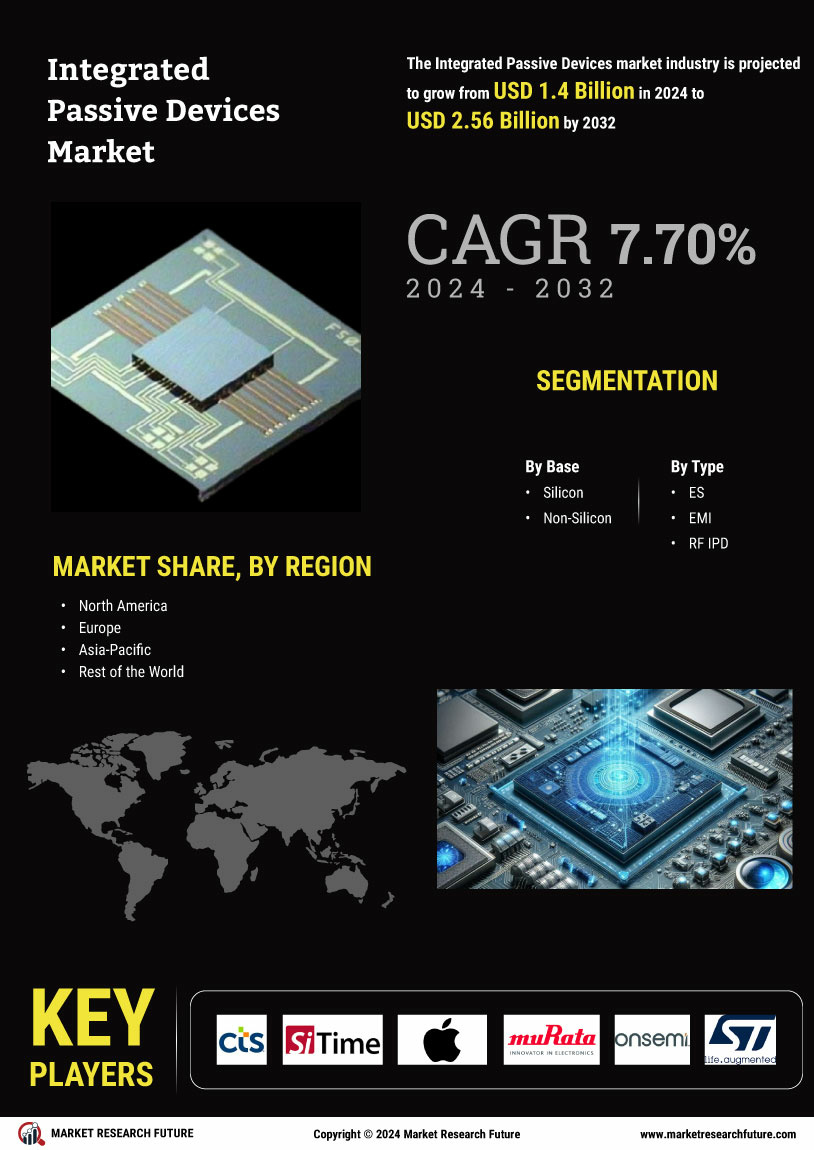
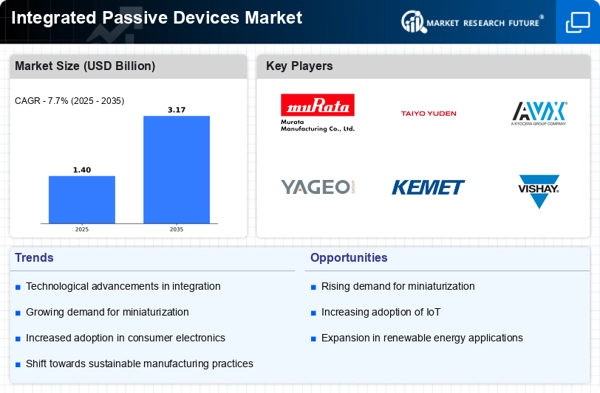
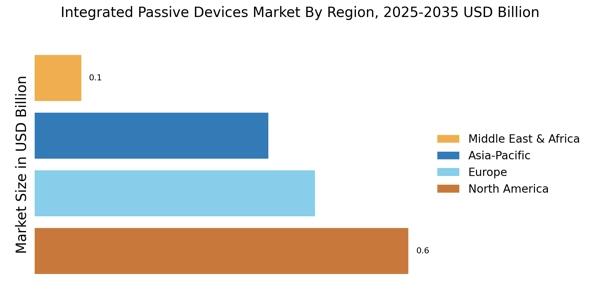
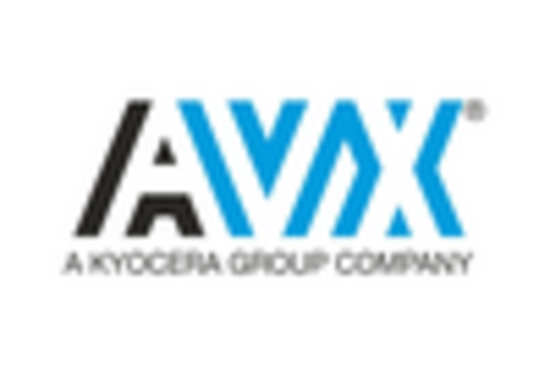
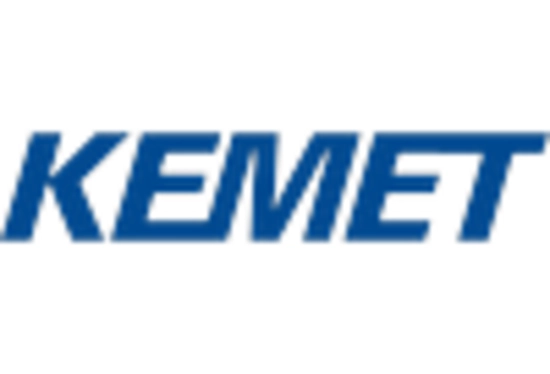
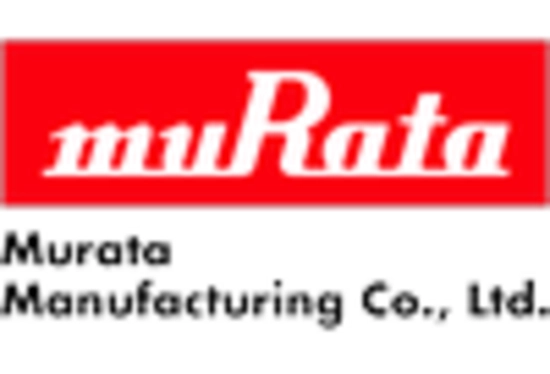
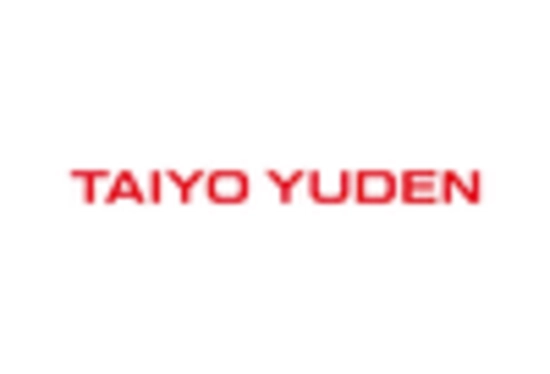
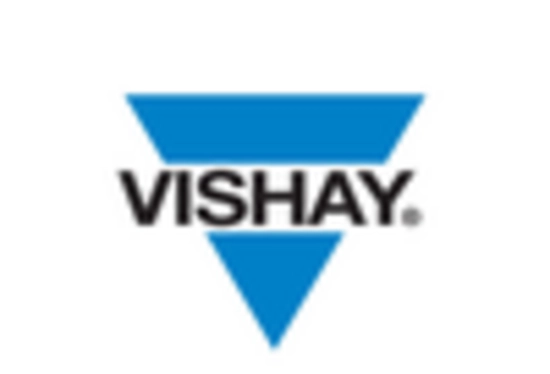
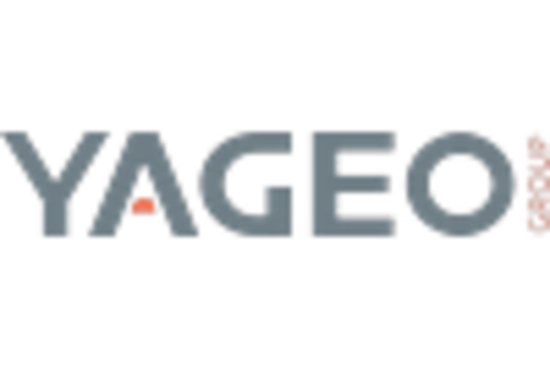








Leave a Comment